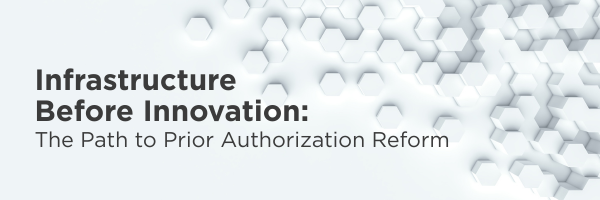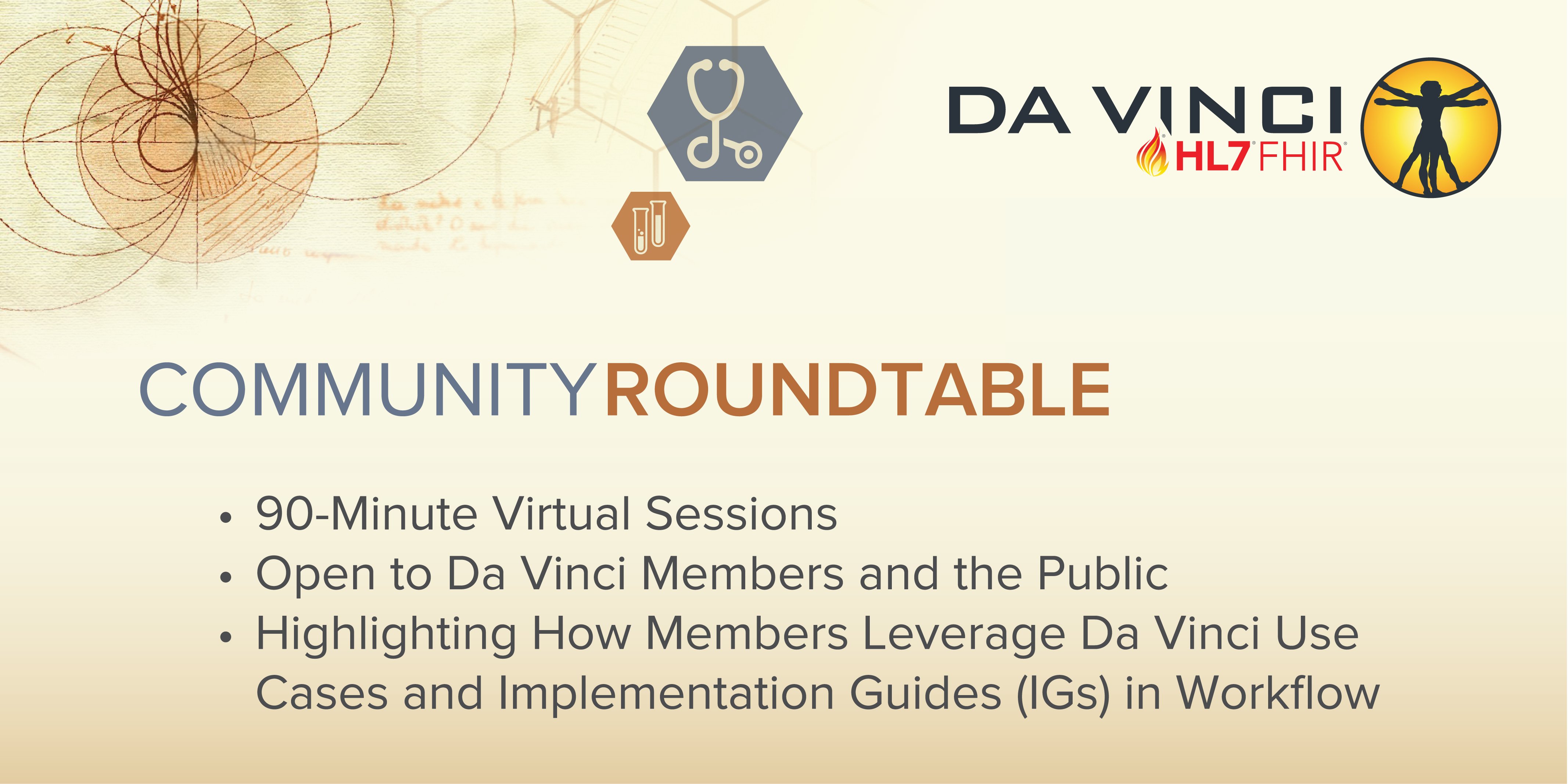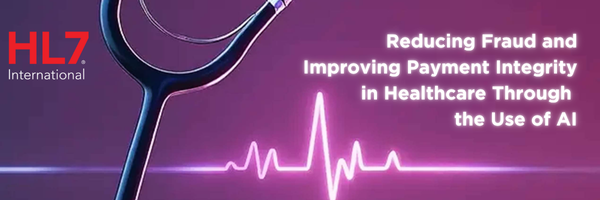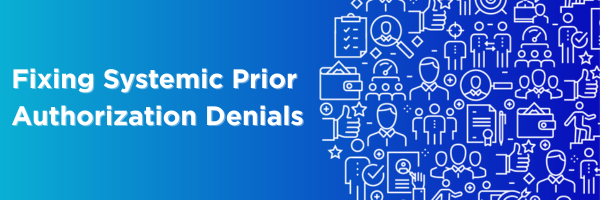The U.S. Department of Health and Human Services (HHS), in collaboration with over 45 of the nation’s largest health insurers, has announced an important step forward in transforming the problematic processes of prior authorization. By pledging to reduce delays, increase transparency, and standardize processes by 2027, these organizations have signaled a long-overdue shift toward easing administrative burdens and improving access to evidence-based care.
The pledge spans insurance markets (commercial coverage, Medicare Advantage and Medicaid managed care) and will benefit an impressive 257 million Americans. But turning that vision into reality will require more than declarations. It will demand the kind of trusted technical infrastructure that HL7’s community has built together for over 35 years.
As implementation begins, prior authorization reform demands scalable, open and consensus-driven standards.






.png)



.png)